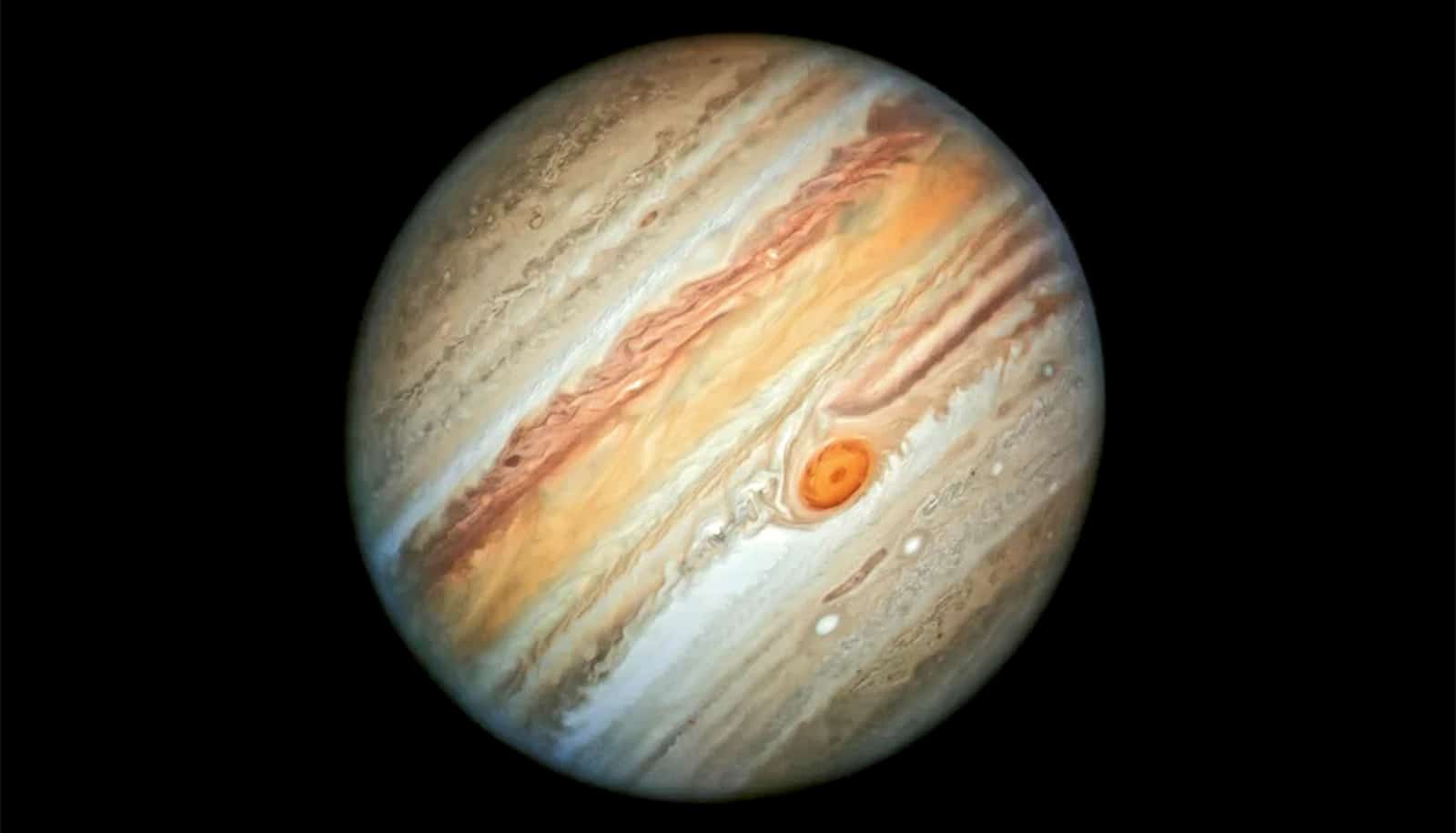Scientists are challenging the prevailing theory that the unique nature of Earth’s iron was the result of how its core formed billions of years ago.
Certain heavy forms of iron, known as isotopes, are higher on Earth than in other bodies in the solar system.
A new study, published in Nature Communications, suggests that the iron’s isotopic signature developed later in Earth’s history, possibly created when Earth and another planetary body collided with enough force to vaporize the lighter iron isotopes, drawing a disproportionate amount of heavy iron isotopes to Earth’s crust from its mantle.
Iron is one of the most abundant elements in the solar system, and researchers say understanding it is key to figuring out how Earth and other celestial bodies formed.
“The Earth’s core formation was probably the biggest event affecting the Earth’s history.”
Researchers compared the ratio of the heavier iron isotope Fe-56 to the lighter Fe-54 for Earth and extraterrestrial rocks, including those from the moon, Mars, and ancient meteorites. The ratio is significantly higher for Earth rocks than for extraterrestrial rocks, all of which have an identical ratio. The new study attempts to explain how that happened.
“The Earth’s core formation was probably the biggest event affecting the Earth’s history,” says Jung-Fu Lin, professor of geosciences at the University of Texas at Austin and coauthor of the paper. “In this study we say that there must be other origins than the Earth’s formation for this iron isotopic anomaly.”
Heat from Earth’s core may drive plate tectonics
Scientists re-created the high pressure that characterized the conditions on Earth during the formation of its core by using a diamond anvil cell—a device capable of recreating pressures that exist deep inside planets—to synthesize processes that would not be discernible otherwise.
The authors recreated the high pressure that characterized the conditions on Earth during the formation of its core. To do this, the researchers used a diamond anvil cell—a device capable of recreating pressures that exist deep inside planets—and were able to synthesize processes that would not be discernible otherwise.
“The diamond anvil cell has been used in this way before, but the difficulty is getting correct numbers,” says coauthor Nicolas Dauphas, professor of geophysical sciences at the University of Chicago.
Did molten iron ‘percolate’ to form Earth’s core?
“That requires great care in data acquisition and treatment because the signal the diamond anvil gives off is very small. One has to use sophisticated mathematical techniques to make sense of the measurements.”
The experiment sought to show that the high levels of heavy iron isotopes in Earth’s mantle likely occurred during the formation of Earth’s core. But the measurements show that the theory doesn’t work, “so the solution to this mystery must be sought elsewhere,” Dauphas says.
Other researchers from the University of Chicago, Argonne National Laboratory, Sorbonne University and the Museum National d’Histoire Naturelle in France, the Center for High Pressure Science and Technology Advanced Research in China, and the University of Illinois at Urbana-Champaign are coauthors of the study.
The National Science Foundation, Center for High Pressure Science and Technology Advanced Research, Department of Energy, and National Aeronautics and Space Administration funded the work.
Source: University of Chicago



